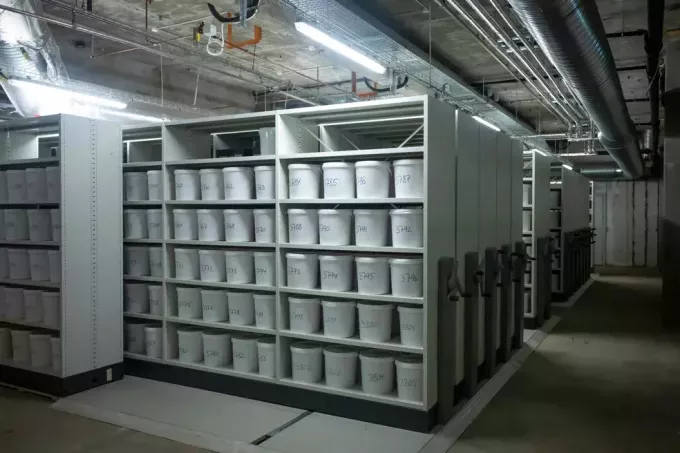In a basement of a university in Denmark, one of the largest stocks of human brains, with a total of 9,479 stored. They are brains from psychiatric clinics after carrying out autopsies of these patients who had some type of mental disorder.
Thus, until the present day, they are used for research in the psychiatric field.
see more
School director intervenes delicately when noticing a student wearing a cap in…
Mother informs school that 4-year-old daughter, who prepares her lunch, can…
University conserves 10,000 brains for study
Understand about the largest collection of human brains:
- collection history
The acquisition of the brains began in 1945, just after the Second World War, originally held at the Riskov Psychiatric Hospital in Aarhus, site of the Institute of Cerebral Pathology.
All patients were well analyzed, and their entire lives, including their visits to psychiatric clinics, were documented.

However, in 1982, the collection stopped being increased, when the University of Aarhus moved its building and could no longer finance the brains. Thus, they even considered destroying them, until the University of Southern Denmark came at the right time to house the collection.
- Ethics x Science
There were many discussions regarding ethics over the gigantic collection of brains. Since the families of the patients who had their brains preserved were never notified or received any request for consent to use the organs for such storage purposes and search.
With that, the debate between political, religious and scientific groups was intense about how to conserve human organs and the rights of patients at that time.
However, having these brains preserved has given a boost to scientific research on mental disorders, which that would not have occurred if there had not been this high availability of brain tissues with a wide variety of pathologies.
- Final conclusion
Finally, even after intense discussions and considering discarding the entire collection several times, the final decision was to keep the collection. Nowadays, the plethora of brains from the most diverse pathologies are still available for use in scientific research and can be useful for many years.

